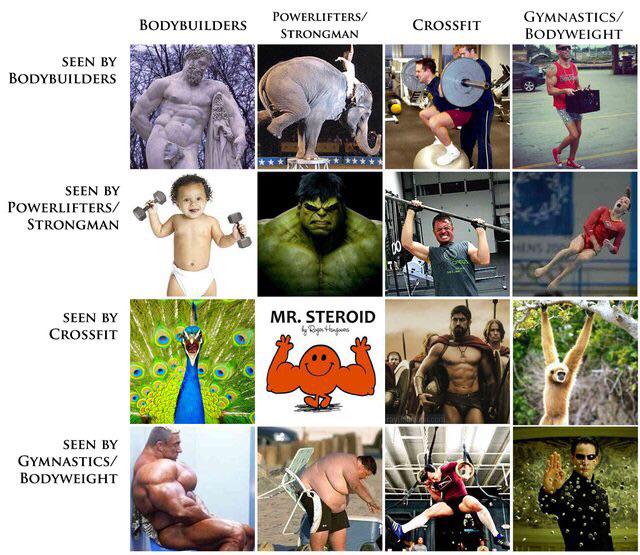If you’re like me, you think the most fun part of working out is selecting your gym ensemble. Athletic and leisure clothing (often abbreviated as athleisure) is at the height of its popularity within the fashion world. It’s hard to ignore as a consumer. I can walk into any retail store and always find myself gravitating towards the brightly coloured lycra and the counters full of always-flattering yoga pants. Thanks to athletic giants like lululemon, athleisure has certainly chiseled its place within the wardrobes of many women – even if they don’t frequent barre classes or yoga studios.
Why are so many companies trying to make a name using fitness clothing? Because athleisure has grown to adapt to women’s lifestyles. Instead of old t-shirts and sweats reserved for grueling gym sessions, more and more designers strive to invent multidimensional pieces that can take you from your spin class to a dinner date without a wardrobe crisis. Athleisure is practical. It supports you by wicking away the sweat beading on your back during deadlifts but also keeps you cool and comfortable in line at the supermarket. With all of the multi-use possibilities, it’s no secret why women (myself included) dish out hundreds of dollars on the latest lululemon trends.
Athleisure is a staple in the closets of many teens, stay-at-home moms, and fitness junkies, but it is also making its way into couture collections. Versace revealed its Spring 2016 collection with bold straps and daring cutouts undoubtedly influenced by strategic ventilation panels found in athleisure.


Versace (Top) and Fabletics (Bottom) comparison. Note the use of decorative cutouts in both photos.
Although you won’t (hopefully) see a Versace ensemble in your local squat rack, it’s clear that even major influencers in couture are taking notice of the athleisure movement. After all, fashion is all about expression and your gym outfit should both perform and act as an extension of you.
What’s next for athleisure? It’s impossible to predict whether or not lululemon models will strut alongside their couture colleagues in New York Fashion Week, but there is no doubt that it is here to stay. As long as women lead busy lifestyles, there will always be a place for stylish sport wear that can take you from bikram to business meeting faster than you can say Namaste.

